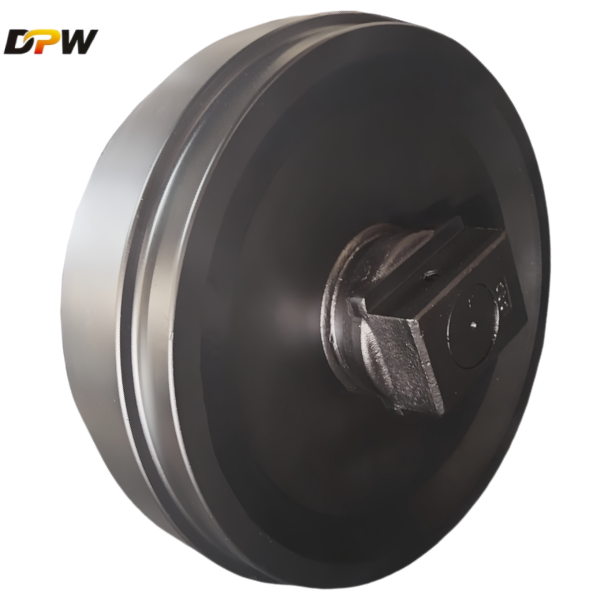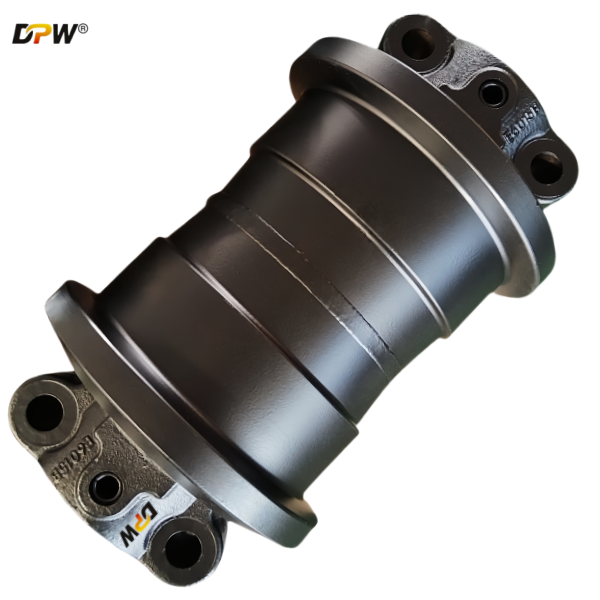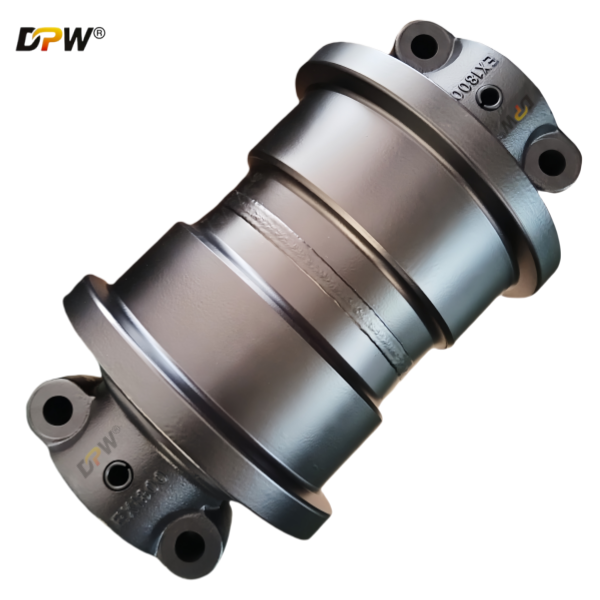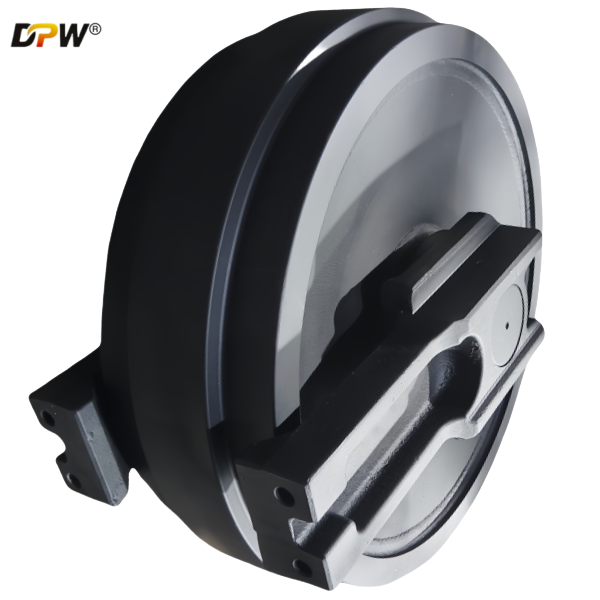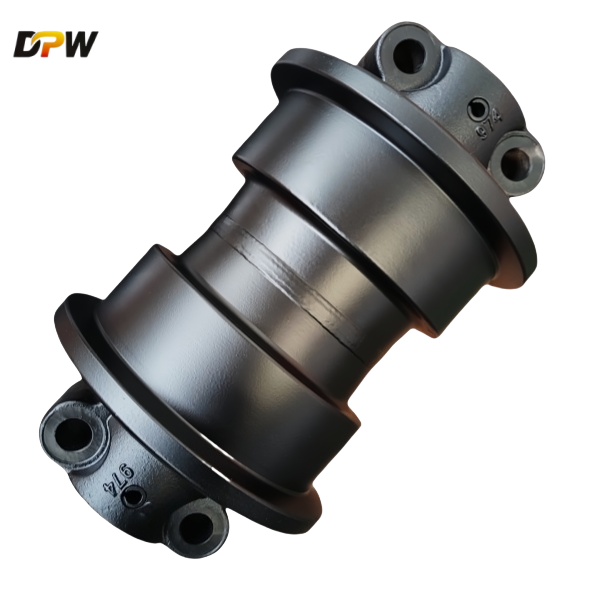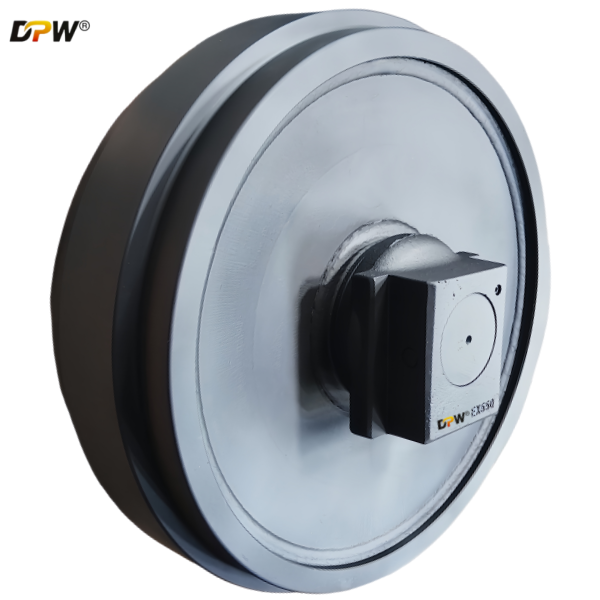PDW PARTS crawler undercarriage parts manufacturing expert
The undercarriage of tracked heavy equipment, such as crawler bulldozers, consists of many moving parts that must be maintained to ensure proper operation. Failure to regularly inspect and maintain the undercarriage can result in downtime and financial loss, as well as shorten the life of the tracks.
You can improve the performance and life of your steel track steel crawler undercarriage in construction by following these six undercarriage care tips from DPW PARTS undercarriage part manufacturing expert Jack Van.
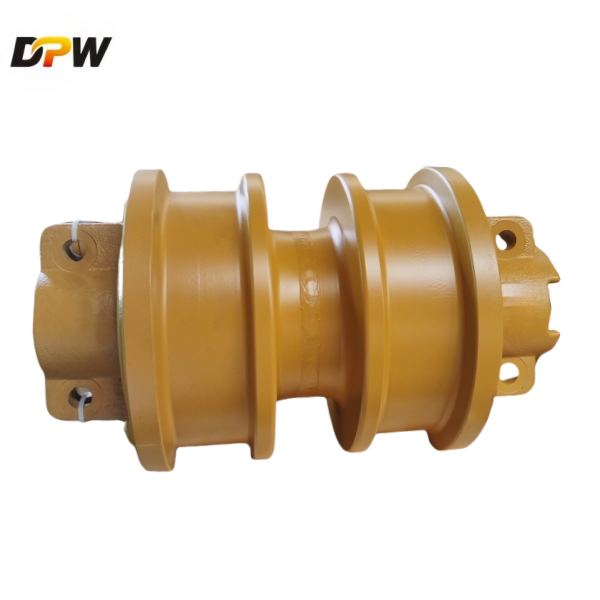
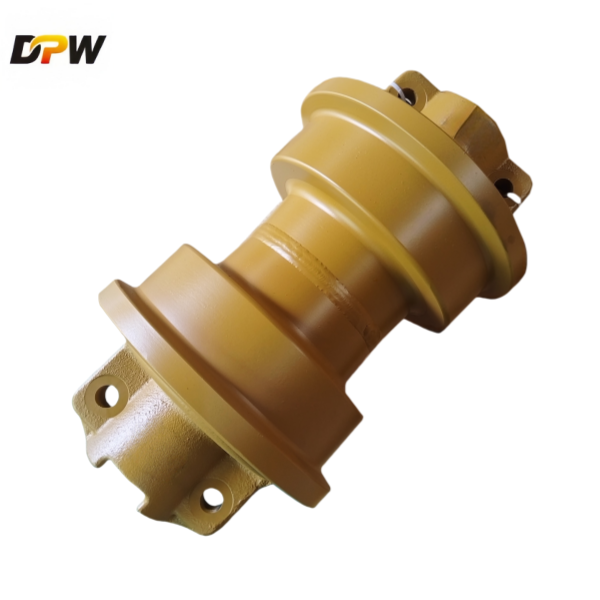
At the end of each work day, dozers operators should take the time to remove dirt and other debris that may accumulate on the undercarriage. Regardless of the application, if the undercarriage is dirty, it must be cleaned. Failure to clean the undercarriage regularly can lead to premature wear of components. This is especially true in cold climates.
“If operators neglect to clean the undercarriage and work in cold climates, dirt, debris and debris can freeze,” Jack said. “Once these materials freeze, they can begin to rub against bolts, causing guides to loosen and rollers to jam, which can ultimately lead to potential wear. Cleaning the undercarriage can help avoid unnecessary downtime.”
Additionally, debris adds weight to the undercarriage, which can reduce fuel economy. Use a shovel and pressure washer to clean the undercarriage.
Many manufacturers offer undercarriages designed to make the track frame easier to clean, allowing debris to fall to the ground rather than build up in the undercarriage.
It’s important to carefully inspect the undercarriage for excessive or uneven wear, as well as damaged or missing components. If the machine is used in severe or other challenging conditions, the undercarriage may need to be inspected more frequently,Jack says.
During routine inspections, operators should check the tracks to see if any parts are faulty. If they are faulty, this could indicate loose track pads or even broken track pins. Additionally, rollers, tensioners, and drives should be checked for oil leaks.
These leaks may indicate seal failure, which can lead to serious failure of the machine's rollers, tensioners, or track drive motors.
For proper chassis maintenance, always follow the manufacturer's operation and maintenance manual.
Certain types of jobsite operations cause more wear on excavator tracks and undercarriage than other types of operations, so it is important that operators follow the manufacturer's recommended operating procedures.
Incorrect track tension can cause increased wear, so maintaining proper tension is critical. It is generally recommended to loosen the track tension slightly when the operator is working on soft, muddy surfaces.
"If a steel rail is too tight or too loose, it will wear out faster," Jack said. "A loose rail can cause derailment."

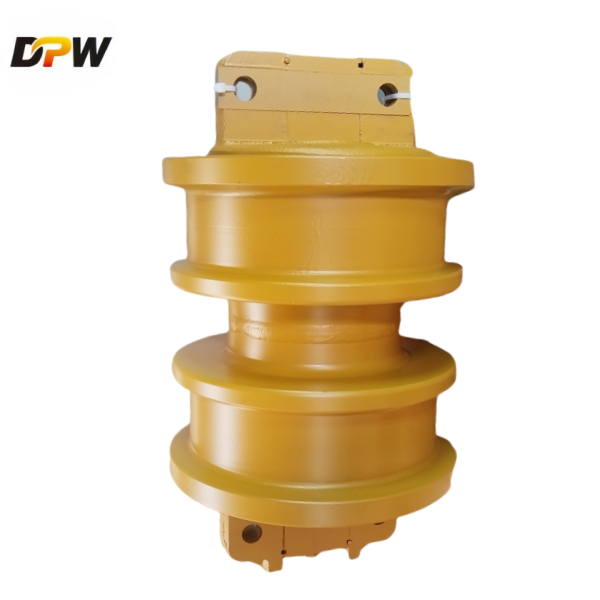
Mini excavators are equipped with rubber tracks and these models are ideal for a wide range of tasks.
In particular, rubber tracks provide excellent traction, allowing the excavator to move and operate in soft ground conditions. Rubber tracks are used on treated surfaces such as concrete, grass or asphalt, with minimal ground disturbance.
The crawler excavator/dozer operator must follow the basic operating procedures outlined in the manufacturer's operation and maintenance manual to minimize excessive wear and degradation of the tracks.
The undercarriage makes up the majority of the track replacement cost. The undercarriage is made up of expensive components, so following these six undercarriage maintenance tips and following proper track maintenance practices outlined in the manufacturer's Operation and Maintenance Manual can help reduce the overall cost of ownership and extend the life of your tracks.

